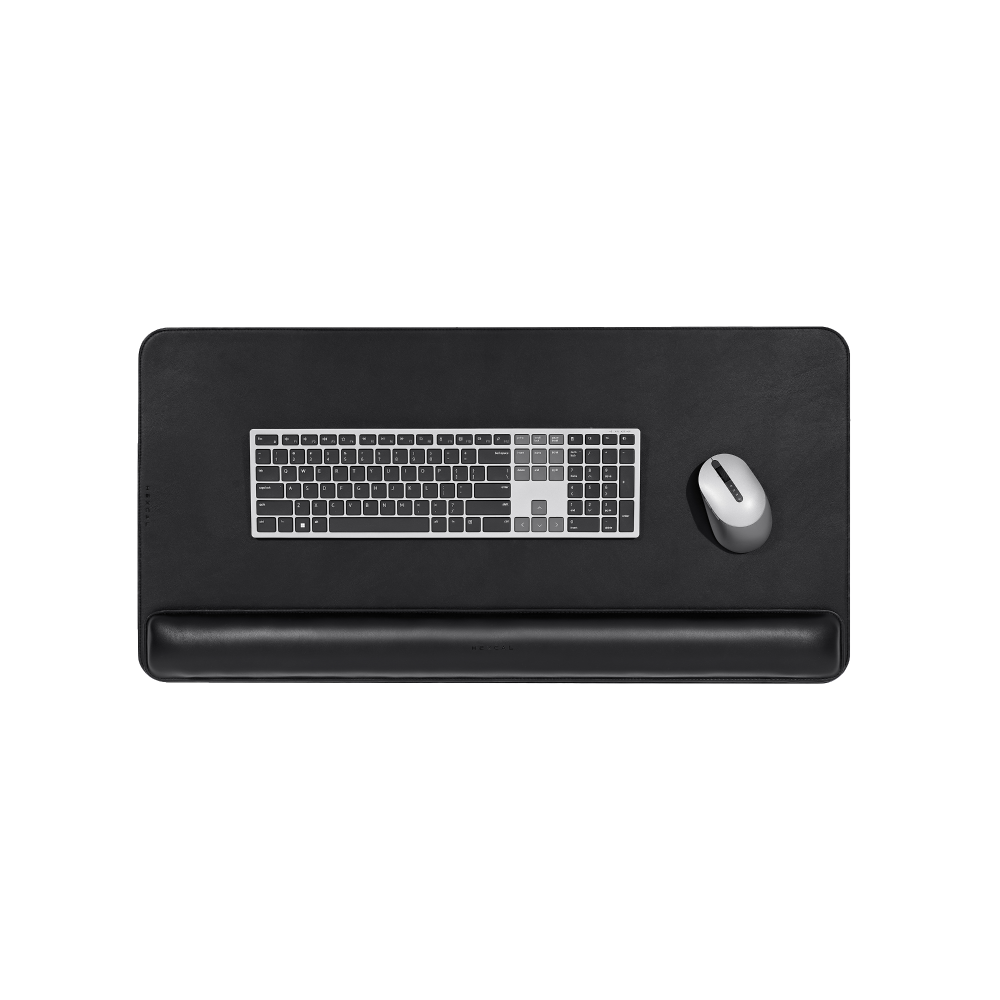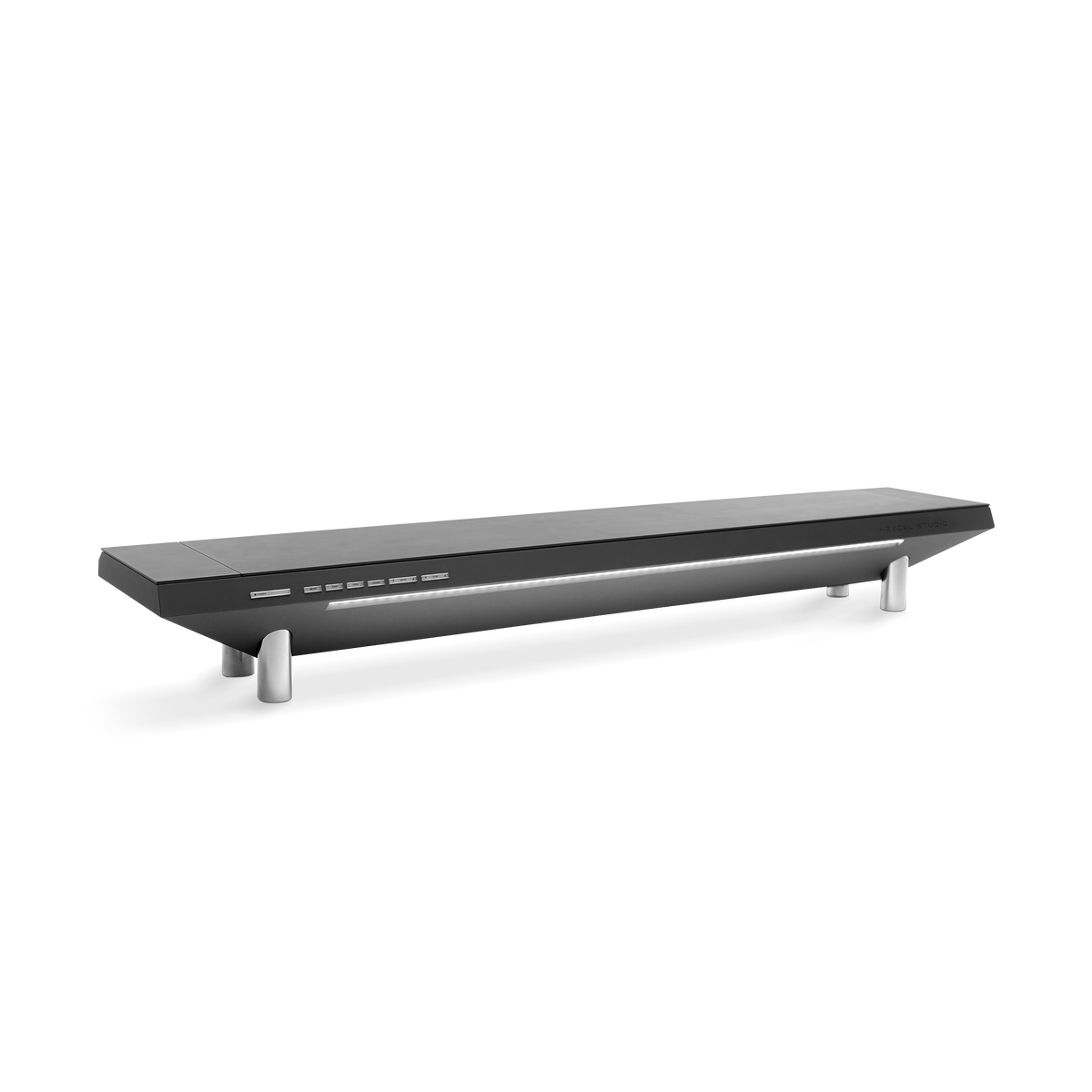Unlock Collaboration, Passion, and Commitment: The Importance of Workspace Design on Spatial Identity
In the non-epidemic era, office space evolved as a result of many companies spending huge sums of money redesigning their offices to remove traditional cubicles and replace them with open, flexible layouts, often with ping-pong tables, large kitchens or other in-house perks. In the wake of the epidemic, companies have once again begun to make drastic changes, creating various types of shared office space for a mixed workforce.
1
But according to new research from the UC Berkeley Haas School of Business, managers who want to boost employees' passion for their work should focus more on the relationship between employees and their workplaces, rather than just rearranging the furniture. Prof. Brandi Pearce says: "When employees derive a sense of self-esteem and individuality from their workspace, we have found that it increases their enthusiasm for their work. It also increases collaboration and employee commitment to the organization.
1
Pearce refers to this connection to the workplace as "spatial identity", a concept derived from environmental psychology and often used to understand people's relationship to public spaces or communities. In this paper, published in the journal Organizational Dynamics, Pearce and colleagues from Stanford and Pepperdine Universities explore the importance of spatial identity in organizations.
1
Their findings guide managers looking to build employee engagement, especially at a time when the concept of 'workplace' is becoming increasingly uncertain.
1
Connectedness and Belonging
The team studied a software company that is moving employees from traditional offices to open innovation centers in the US, China, India, France and Israel, with movable furniture and whiteboards, colorful walls, sofas and bean bag chairs, designed to encourage agile working. Despite the popularity of this open office layout, academic research into its benefits is divided, and Pearce says they're more aware that company employees react differently to this new environment.
1
"For some people, the space is great and they can engage with their leaders and colleagues whenever they want," Pearce said. "And for others, this environment reduces their signalling within the hierarchy, or it can be distracting and also seen as harsh."
1
Acceptance of such innovation centers is not related to job function or professional background, nor age, gender, region or other factors, Pearce says: "We were very curious about this and began to notice that what seemed to be more important than the space itself was how people felt positively connected to the space as individuals, positively differentiating them and reflecting a sense of meaningful things to belong to."
1
Indeed, this unique sense of spatial identity is linked to key work outcomes. The data shows that when there is a stronger sense of spatial identity, people are more proactive in collaborating, more passionate about their work and more committed to the organization".
1
Fostering Spatial Identity
To foster spatial identity, leaders should design the social conditions of their workspace in the same way that they design the physical environment. Whether the environment is physical, hybrid or virtual, she suggests three best practices.
1
1. Clarify the vision for the space
Regardless of how the space is set up, leaders should communicate the purpose of the space and the types of work that people will be doing in each workspace, such as brainstorming and collaborative tasks for online work and time-saving focused work for the home office. Managers can also help determine the virtual workspace, for example, whether video conferencing is available and in sufficient numbers.
1
2. Be passionate about using the space
While it's important to set a vision, it's also vital that managers communicate their use of the space positively. For example, leaders can demonstrate their enthusiasm for different uses of the space by holding offline meetings in the office during the day, and by clearly setting out a schedule for working independently on remote days.
1
3. Empower employees
Researchers have found that teams that are most involved in planning their space goals have the highest levels of space identity. Leaders should therefore involve employees in the creation of new spaces. In established spaces, leaders should encourage employees to customize the space to their work needs or create content, such as a piece of art, to build identity. Remote workers can access materials to customize their own space, and when they visit the office, they can collaborate with colleagues to create something to take home.
1
Enhancing Spatial Identity and Workplace Engagement with Hexcal Products
In addition to the strategies mentioned above, another way to foster spatial identity and connection between employees and their workplaces is the use of ergonomic and functional office accessories. One such bundle that can complement the workspace is the Hexcal Studio and Hexcal Desk Mat Bundle.
-

1
The Hexcal Studio is a versatile and ergonomic workstation that provides a designated space for various office essentials. With its sleek design and multiple compartments, employees can create extra space on their desks by integrating power supply, cable management, and light systems. The Hexcal Studio also features a wireless charging pad, allowing employees to conveniently charge their smartphones without the hassle of cables.
1
To further enhance the workspace, consider the Hexcal Desk Mat Bundle. This desk mat not only protects the desk surface but also adds a touch of style and personalization. The smooth surface of the desk mat provides a comfortable writing and mouse experience, while the non-slip base ensures stability during work.
--
By incorporating the Hexcal Studio and Hexcal Desk Mat Bundle into the office space, employees can enhance their sense of spatial identity. These functional and aesthetically pleasing accessories contribute to an organized and efficient workspace while reflecting a sense of individuality and belonging.
1

1
Companies invest a lot in physical space, but we believe that spatial identity is a fundamental human cognitive process that requires just as much investment," said Pearce. A leader's investment in understanding and promoting a vision for the workplace, communicating positive attitudes and empowering employees to design their own space helps to foster a sense of spatial identity, which can be the key to unlocking collaboration, passion for work and organizational commitment.








